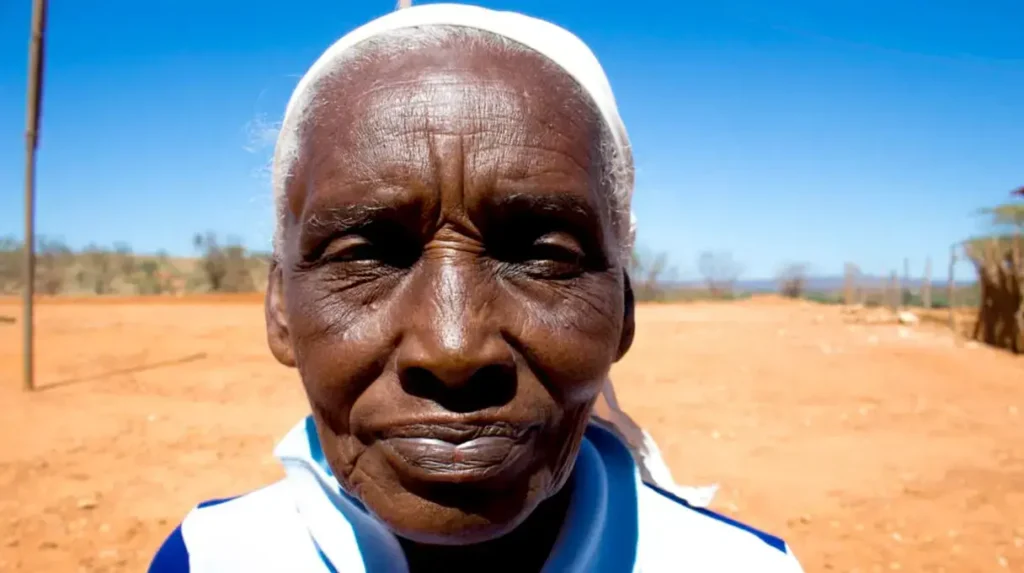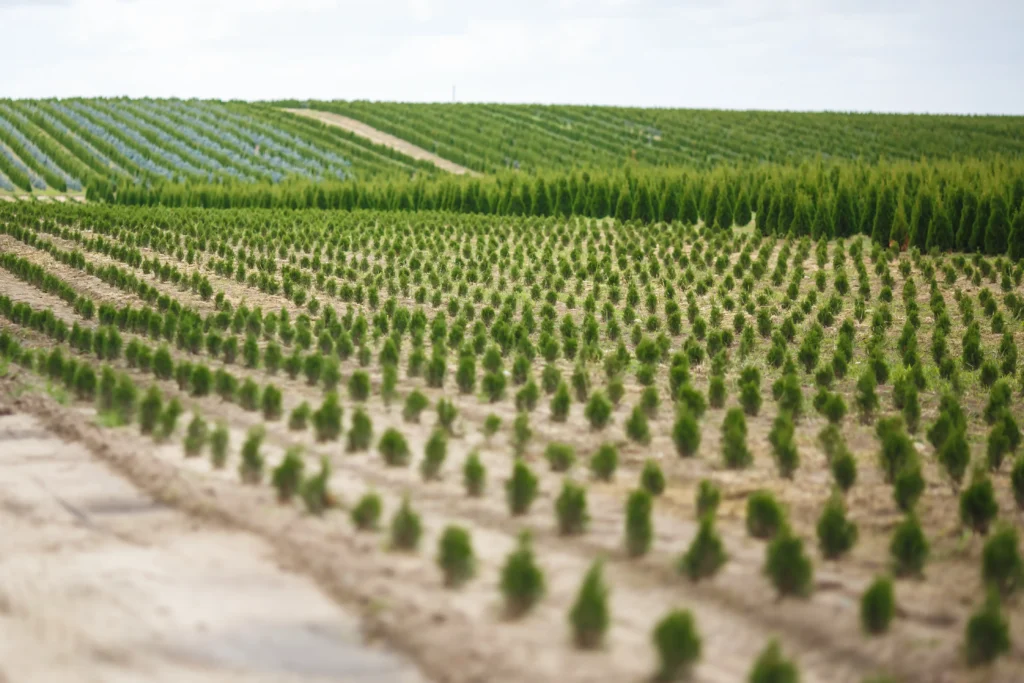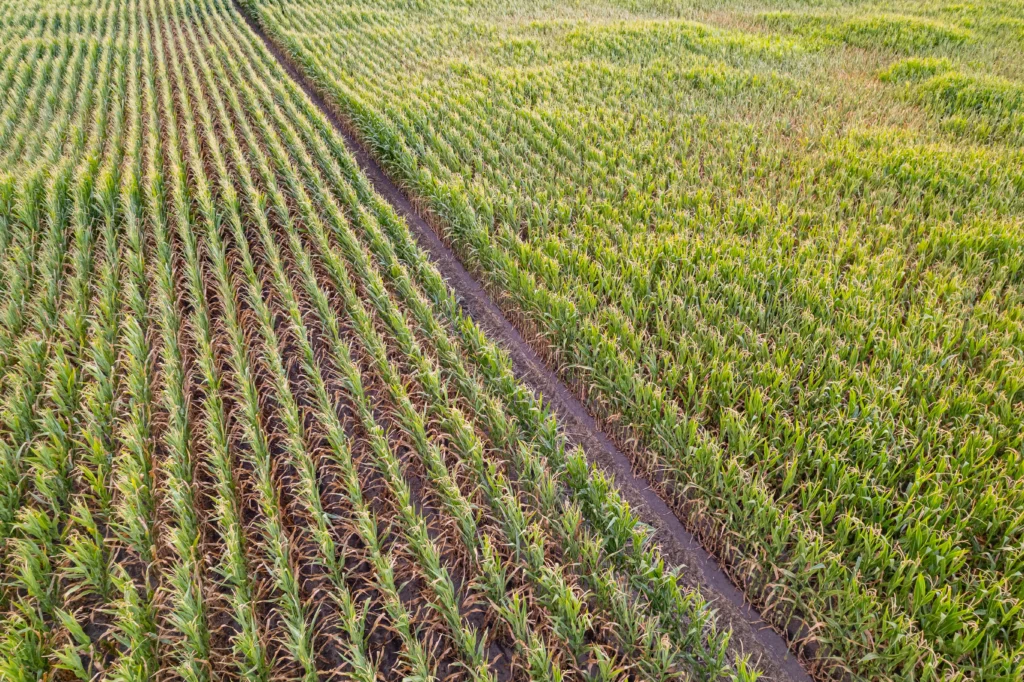Preserved rainforest under long-term protection
Project implementation and monitoring
Of the world’s tropical biodiversity safeguarded.
Quilombolas territories involved in the project.
Degraded areas to be restored through reforestation.
Areas under sustainable land management
The Quilombolas Territory Environmental Project is a transformative 25-year initiative covering approximately 50 million hectares in the Brazilian Amazon. Its integrated approach combines the ecological restoration of 9.5 million hectares of degraded land with the development of sustainable agriculture across more than 5 million hectares, merging large-scale environmental action with community-centered development.
Led by Oreasoc Agriculture Inc., in collaboration with CONAQ (Coordenação Nacional de Articulação das Comunidades Negras Rurais Quilombolas) and COOPPSAF (Cooperativa de Produção e Prestação de Serviços da Agricultura Familiar), the project benefits from strong partnerships with academic institutions, NGOs, and international organizations. Strategically located in one of the planet’s most critical ecological regions, it contributes directly to the protection of 20% of the world’s known biodiversity and supports the goals of the UN Sustainable Development Agenda and the Paris Agreement.
More than just a conservation effort, this project represents a new model of regenerative development, strengthening local capacity, fostering strategic alliances, and setting a global benchmark for integrated conservation and climate justice.

The Quilombolas are Afro-Brazilian communities descended from enslaved Africans who established autonomous settlements as expressions of freedom and resilience. Recognized as traditional peoples, they are protected by Brazilian law and international frameworks such as the United Nations Declaration on the Rights of Indigenous Peoples. Their territories hold deep cultural value and play a crucial role in preserving global biodiversity.
This initiative contributes directly to the UN Sustainable Development Goals (SDGs) and supports climate targets under the Paris Agreement, bridging global ambition with local action.
Our structured methodology guides every phase of the project—from initial assessment and stakeholder engagement to long-term monitoring and adaptive management. Each stage is designed to uphold the highest international standards, ensure inclusive participation from Quilombola communities, and deliver measurable outcomes in climate mitigation, biodiversity conservation, and sustainable development.
The Quilombolas Territory Environmental Project is structured around three core components, that together define its scope: protecting forests, restoring degraded areas, and promoting sustainable land use.

Afforestation, Reforestation, and Revegetation
Focus on restoring degraded lands and replanting trees in deforested areas, creating new carbon sinks and bringing back ecological functions that support both people and nature.

Reducing Emissions from Deforestation and Forest Degradation
Work to avoid deforestation and forest degradation in threatened areas, ensuring long-term conservation and community benefits.

Work to avoid deforestation and forest degradation in threatened areas, ensuring long-term conservation and community benefits.
Each modality follows rigorous international standards, ensuring measurable climate benefits, biodiversity gains, and positive impacts for local communities
Climate Impact
➤ Capture of more than 15 billion tons of CO₂e over 25 years through large-scale forest conservation.
➤ Reforestation of over 9.5 million hectares of degraded land using fast-growing and native species.
➤ Strengthening of carbon sequestration across vital rainforest ecosystems.
➤ Prevention of deforestation to maintain global climate stability.
➤ Contribution to essential ecosystem services such as water regulation and pollution control.
➤ Fully aligned with the UN Sustainable Development Goals (SDGs), particularly SDG 13.
Community Impact
➤ Empowerment of over 1.3 million individuals across 1,900+ Quilombola communities.
➤ Strengthening of local governance and self-determined community leadership.
➤ Creation of sustainable jobs linked to conservation, agriculture, and eco-services.
➤ Support for access to clean water, sanitation, renewable energy, and digital inclusion.
➤ Investment in education, health, and infrastructure to enhance quality of life.
➤ Preservation of cultural heritage through inclusive, community-led development.
Biodiversity Impact
➤ Protection of one of the most biodiverse forest regions on the planet.
➤ Restoration of degraded ecosystems to recover native flora and fauna.
➤ Preservation of habitat for hundreds of endemic and endangered species.
➤ Strengthening of ecological corridors and connectivity across landscapes.
➤ Support for key ecosystem services such as pollination and water regulation.
➤ Alignment with international biodiversity targets and conservation frameworks.
Phased Implementation Model
The project follows a staggered implementation and certification schedule to ensure quality, scalability, and long-term integrity across all operational phases.
Certified by International Standards
Verified under the world’s most rigorous environmental and social standards, ensuring full integrity and accountability.
Transparent Carbon Accounting
We publish periodic reports with traceable data on carbon capture, project milestones, and co-benefits.
Remote Monitoring Technologies
We use satellite imagery, remote sensing, and AI-powered geospatial tools to monitor deforestation, reforestation, and ecosystem health.
Community-Led Data Collection
Local Quilombola teams are trained and empowered to gather ground-level data, fostering ownership and accuracy.
Open Stakeholder Verification
Our model includes open channels for public engagement, investor access to documentation, and real-time dashboards (coming soon).
Be part of the largest conservation project on Earth—support verified climate solutions, protect biodiversity, and generate high-integrity carbon credits with real impact.
Together we will improve the future of our planet by leading the world’s largest conservation effort